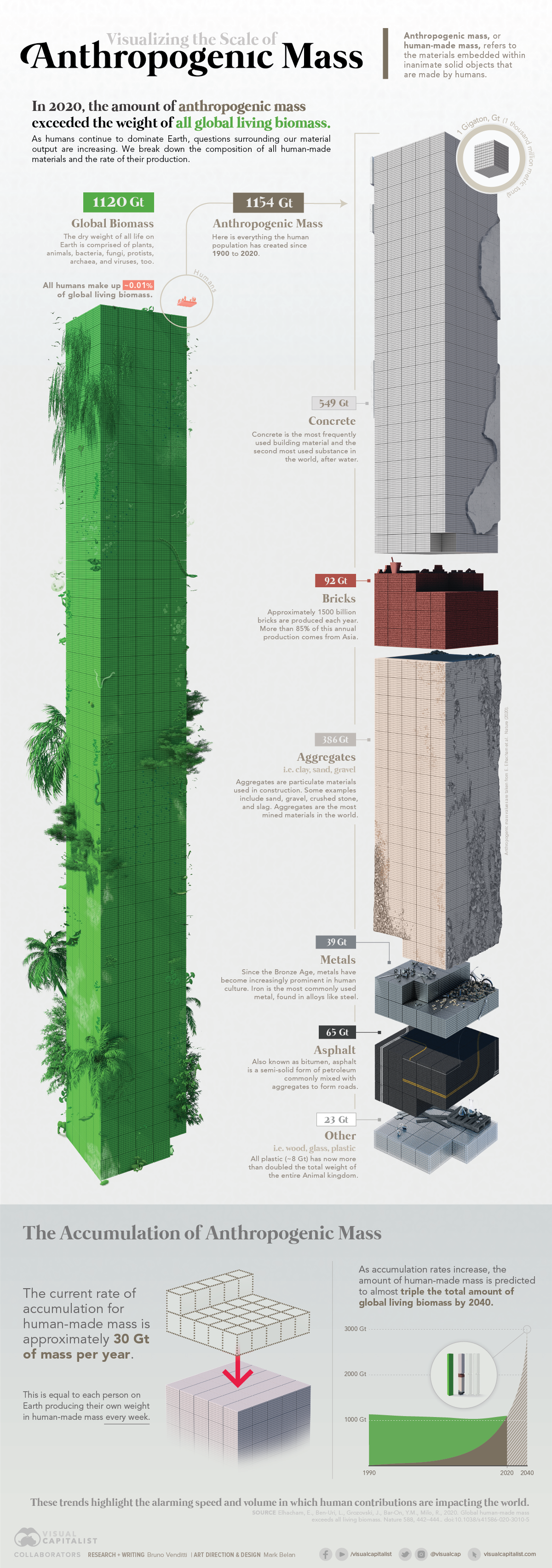declineoftheempire | Generally speaking, there are two answers to the question Is There Intelligent Life In The Universe?, where the term "intelligent life" means technologically advanced sentient beings broadly similar to humans. In the first essay I discussed optimistic answers to this question. Optimists imagine a Universe teeming with more advanced versions of ourselves, an answer which coincides (not coincidentally) with their vision of a bright human future.
This week we look at the views of the pessimists, who constitute a small minority of those concerned with astrobiological questions. Pessimists believe that Homo sapiens is alone and unique in the observable Universe, or believe that species broadly similar to Homo sapiens are very rare.
I am a pessimist, a position which follows from prolonged contemplation of the Fermi Paradox, which Paul Davies called "the eerie silence" (see the first essay). Let me begin with an illuminating quote from Lee Billings, whose book Five Billion Years of Solitude was recently published by the Penguin Group (October, 2013).
The book’s title, Five Billion Years of Solitude, is actually a subtle nod to some things I’ve changed my mind about in the course of my research.
It’s a reference to the longevity of Earth’s biosphere. Earth’s life emerged shortly after the planet itself formed some 4.5 billion years ago, and current estimates suggest our world has a good half-billion years left until its vibrant biosphere of diverse, complex multicellular life begins sliding back to microbial simplicity.
When I first began planning this book, I believed that we would eventually find clear signs of life beyond our solar system, and suspected that contact with other cosmic civilizations was just a matter of time, for they were probably common throughout our galaxy. I believed that humans had a future, a destiny, beyond the Earth, and that our discoveries of other habitable or inhabited worlds would galvanize society to strive to voyage to the stars. I no longer hold these beliefs as foregone conclusions.
My optimism for humanity’s long-term prospects has dimmed.
I now believe that while life may be widespread in the universe, creatures like us are probably uncommon, and technological societies are vanishingly rare, making the likelihood of contact remote at best.
I am less confident than I once was that we will find unequivocal signs of life in other planetary systems within my lifetime. I believe that, when seen in the fullness of planetary time, our modern era will prove to have been the fulcrum about which the future of life turned for, at minimum, our entire solar system.
I believe that we humans are probably the most fortunate species to have ever arisen on Earth, and that those of us now alive are profoundly privileged to live in what can objectively be considered a very special time.
Finally, I would guess that though we possess the unique capacity to extend life and intelligence beyond Earth into unknown new horizons, there is a better-than-even chance that we will fail to do so.
The human story may end as it began — in nasty, brutish, and short isolation on a lonely, solitary planet. The book in part is my attempt to explain and come to terms with these beliefs, beliefs that I would very much like to be proved wrong.


